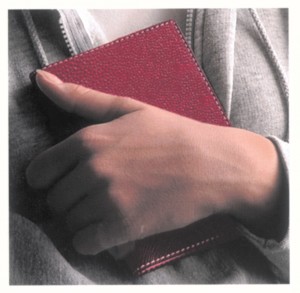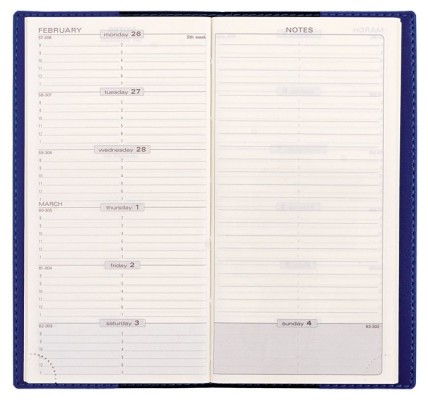How to use a planner: a guide for new users

Whether you are using a paper planner for the first time, or have come back to paper after using digital, here is a guide to help you use your paper planner effectively.
What's the purpose of your planner?
First of all, if you've looked around the internet for advice on using a paper planner, you could be forgiven for thinking it's all about decorating the pages. There are endless posts, videos, and photos showing how people decorate their planners. There's nothing wrong with adding some decoration to your planner if it helps you enjoy using it more. But I've seen it get to the point where people say they are stressing out over what theme they should use in their planner's decorations this week. I've seen photos of planners where someone has obviously spent hours decorating it, only to write about three items into the weekly pages. Don't let decorating get in the way of planning and action.
Take it with you.
I recommend using a planner that you will take with you everywhere. You need to get into the habit of writing everything into your planner as it comes to you, so you can look at your schedule and write in events immediately. If you wait until later, you are likely to forget.
If you don't carry a bag, you'll want a planner you can carry in your pocket. A great pocket size planner is the Space 17. It has weekly pages with plenty of space for appointments, notes and to-do lists. It also has monthly pages for an overview of deadlines and holidays.

If you do carry a bag, you can go a little larger with your planner. There are several formats to choose from. In this post I described the various formats of weekly planners, like timed vertical days (as in the Minister planner), week + notes (like the Space 24) or open planning (like the Hebdo weekly planner). Whichever planner you select, choose one you will take with you everywhere throughout the day.
How to use your planner.
The most basic way to use a planner is to record appointments and tasks. Write in appointments and scheduled events. Write deadlines, and also write due dates for each step. For example if you have a project due 3 weeks from now, break it down into steps and write those deadlines in your planner so you know where you should be in the process. Do research, write outline, final draft etc. can be written in the days and weeks ahead, so the final deadline doesn't creep up on you. This allows you to manage your time effectively.
Write your to-do lists directly onto your weekly planner page, so you can see when your tasks will fit into your schedule. Seeing what you need to do and when you have time to do it will allow you to effectively plan your time for the week.
Take it slow, do what works for you.
Again, if you look around online you'll see loads of ways to use a planner. Don't get stressed out over other people's planners. Some people function well with very structured systems. Other people need a more flexible, free-form approach. Do what works for you. Your planner use will evolve over time. Give yourself time to figure out what you need, and what you don't.
Consult your planner often.
The trick to effectively using a planner is to be consistent with your planner use. That means, you use it a lot, every day, throughout the day. Check it first thing in the morning. Check it several times throughout the day. Check it again in the evening to see what's coming up tomorrow. Look ahead to the rest of the week, and flip through the pages to see what's coming up later in the month. This will allow you to keep on top of everything that's coming up.

